Your Cart is Empty
Free Shipping over $150 (Excludes Oversized Products)
Free Shipping over $150 (Excludes Oversized Products)
Sanding Belts
Sanding Discs

Poplar vs. Pine: Which Is Better For Woodworking?
by David Kranker 8 min read

Quick Summary
Poplar and pine are two popular woodworking choices. Poplar, known for its smooth texture and affordability, is ideal for projects requiring a fine finish, while pine is valued for its versatility and lightweight properties. Both woods have specific needs when it comes to abrasive materials: aluminum oxide and silicon carbide work well with poplar, while aluminum oxide is best for pine. Experimenting with both types of wood can help you determine which option best suits your project needs.
When you’re in the planning stages for a woodworking project, one of your first (and most important) decisions is what type of wood you’re going to use. While many woods are appropriate for a wide variety of projects, each one has unique characteristics that might make one more suitable for your purposes than others.
Among the many options available, poplar and pine stand out as two of the most popular choices for both novice and experienced woodworkers. Poplar is known for its smooth texture and affordability, making it a favorite for projects requiring a fine finish. Pine, on the other hand, is appreciated for its versatility and lightweight properties and is suitable for a wide range of applications from furniture to cabinetry.
In this blog, we'll compare poplar and pine as woodworking materials. We'll also discuss the best types of abrasive materials to use with each type of wood, so you can achieve the best possible results in your projects.
Poplar Wood - an Overview
Poplar wood is typically light in color, ranging from a pale yellowish-brown to a nearly white hue. It often has streaks of green, brown, or even purple, which can add a unique look to finished projects. The grain pattern of poplar is generally straight and uniform, giving it a smooth texture that is easy to sand and finish.
This consistent grain pattern and lack of visible pores contribute to the smooth surface of poplar, making it an excellent choice for painted finishes. Poplar’s relatively modest appearance can be an advantage for projects where the wood will be painted or stained to mimic more expensive hardwoods.
Hardness and Density
Poplar is considered a soft hardwood. It has a relatively low density, making it lightweight and easy to handle. Its hardness rating on the Janka scale is around 540 lbf, which is softer than many other hardwoods but still provides a reasonable amount of durability for indoor projects. The low density also makes poplar easier to machine, reducing wear and tear on tools and allowing for precise cuts and shapes. This softness, however, means that poplar can be more susceptible to dents and scratches compared to harder woods.
Common Uses in Woodworking
Poplar is commonly used for a variety of woodworking projects. Its smooth finish and ease of use make it ideal for painted projects in particular, as it holds paint well and requires minimal prep work. Poplar is also frequently used for making musical instruments, toys, and other items that benefit from its light weight and workability. Its versatility even extends to architectural millwork, such as moldings and baseboards, where a smooth, paint-ready surface is desired.
Advantages
One of the main advantages of poplar wood is its ease of use. It cuts, shapes, and sands effortlessly, making it a favorite among woodworkers of all skill levels. Poplar is also cost-effective, offering a good balance between quality and price. Its smooth texture and straight grain make it an excellent choice for projects that require a fine finish. Additionally, poplar's ability to hold paint and stain well makes it versatile for various aesthetic preferences.
Disadvantages
While poplar has many advantages, it also has some drawbacks. It is less durable compared to harder woods, which means it can dent and scratch more easily. This makes it less suitable for high-traffic areas or surfaces that will endure heavy use. Furthermore, poplar is not recommended for outdoor use, as it is not naturally resistant to moisture and can rot or warp when exposed to the elements.
Overall, poplar is a practical and versatile choice for many indoor woodworking projects, offering ease of use and a smooth finish at an affordable price. However, its limitations in durability and outdoor suitability should be considered when selecting the right wood for your needs.
Pine Wood- an Overview
Pine wood, known for its light, yellowish color, often has a slight reddish hue that adds warmth to finished projects. The grain pattern is usually straight, but it can also display attractive knots and swirls that add character and a rustic appeal to the wood. These natural imperfections are often sought after in designs aiming for a more organic or country-style aesthetic. The texture of pine is relatively soft and smooth, making it easy to work with and ideal for a variety of woodworking applications.
Hardness and Density
Pine is a softwood with a lower density compared to many hardwoods. Its hardness varies among different species, but it generally falls on the softer side of the scale. For example:
- Eastern White Pine has a Janka hardness rating of around 380 lbf, making it one of the softer types of wood used in woodworking.
- Other species, such as Southern Yellow Pine, are slightly harder with a Janka rating of around 690 lbf, providing more durability while still being relatively easy to work with.
The lower density of pine contributes to its lightweight nature, which simplifies handling and reduces shipping costs.
Common Uses in Woodworking
Pine is widely used in a variety of woodworking projects, but it is most commonly found in furniture, cabinetry, and paneling. Due to its lightweight nature, pine is also a popular choice for building frames, shelving, and moldings. Its versatility extends to both indoor and outdoor projects, although outdoor use may require treatment to protect against the elements.
Advantages
One of the main advantages of pine wood is its lightweight nature, which makes it easy to handle and transport. Pine is versatile and can be used for a wide range of projects, from furniture to construction. It is also relatively inexpensive, providing a cost-effective option for woodworkers. The ability to use pine for both indoor and outdoor projects adds to its versatility, although outdoor use may need additional treatment to enhance durability.
Disadvantages
Like poplar, pine has some drawbacks. As a softer wood, it can dent and scratch easily, which may affect the longevity and appearance of finished projects. This softness makes pine less suitable for high-traffic areas or surfaces that will endure heavy use. Additionally, while pine can be used outdoors, it often requires treatment to protect against moisture and pests, adding to the maintenance requirements.
In general, pine is a practical and versatile choice for many woodworking projects, offering ease of use and affordability. However, its softer nature and susceptibility to damage should be considered when deciding if it is the right wood for your specific needs.
Comparison of Poplar and Pine
As we’ve seen, both types of wood have their own sets of advantages and disadvantages, making them suitable for different kinds of projects. This section compares key aspects such as workability, durability, longevity, and cost to help you better decide which option is better for your upcoming project.
Workability
Poplar and pine are both known for being easy to work with, but they have unique differences. Poplar is relatively simple to cut, shape, and sand due to its straight grain and smooth texture. This makes it a favorite for projects requiring intricate details and a fine finish. Pine, while also easy to work with, has a softer texture, which can sometimes result in dents and scratches while cutting and shaping.
Suitability for Beginners vs. Experienced Woodworkers
Poplar is well-suited for both beginners and experienced woodworkers due to its forgiving nature and smooth finish. It is particularly recommended for painted projects because it holds paint well. Pine, on the other hand, is also beginner-friendly but requires a bit more care to avoid damaging the softer wood during cutting and shaping. Its knots and grain patterns can add character, making it appealing for those looking for a rustic look.
Durability and Longevity
Compared to pine, poplar is less durable. It can dent and scratch more easily, making it less suitable for high-traffic areas or heavy-use surfaces. Pine, despite being a softwood, is relatively more durable and can withstand more wear and tear, especially if treated and maintained properly.
Suitability for Different Types of Projects
Poplar is ideal for indoor projects like furniture, cabinetry, and trim work where a smooth finish is desired. It is not recommended for outdoor use due to its low resistance to moisture and elements. Pine, however, is versatile enough for both indoor and outdoor projects. It is commonly used for furniture, paneling, and even construction purposes provided it is treated for outdoor use.
Price Comparison
Poplar and pine are both relatively affordable woods, but poplar is usually slightly more expensive than pine. This price difference is due to the smoother finish and ease of workability that poplar offers. Poplar provides excellent value for projects that require a smooth, painted finish without the need for extensive preparation while pine offers great value for those looking for a versatile, cost-effective wood that can be used in a variety of applications, both indoors and outdoors.
Best Abrasive Materials for Poplar and Pine
Both poplar and pine have distinct characteristics that require specific sanding techniques and materials in order to bring out their best qualities. This section takes a closer look at the best abrasive materials for working with poplar and pine.
Abrasive Materials for Poplar
Although classified as a hardwood, poplar is on the softer side, so you’ll want to avoid abrasives known for their overly aggressive cutting and sanding power. Aluminum oxide is the industry standard for most woodworking applications, with open-coat aluminum oxide being especially effective for roughing, stripping, planing, and finishing all wood types. You can also use silicon carbide, which removes material without building up heat.
To achieve the best results with poplar, sand along the grain to avoid scratches and ensure a uniform finish. Make sure to remove all dust between the sanding steps by using a vacuum or tack cloth. Applying a sanding sealer before the final sanding can help achieve an even smoother finish. This will also make the surface more receptive to paint or stain.
Best Abrasive Materials for Pine
Since pine is a softwood, you’ll want to avoid (or at least carefully use) abrasive materials with a high cut rate, such as ceramic. Your best option for a general-use abrasive is open-coat aluminum oxide, which is cost-effective and won’t damage your wooden workpiece.
Since pine is softer, it is more prone to scratches and dents during sanding, so use light pressure and sand in the direction of the grain. For smaller pieces, using a sanding block can help distribute pressure evenly and prevent gouging. Be cautious around knots and swirls, as these areas can be more delicate. Always clean the surface thoroughly between sanding steps to avoid embedding dust and debris into the wood.
Sand Your Woodworking Projects With Red Label Abrasives
Poplar and pine are both excellent choices for woodworking. Each has its own set of advantages and considerations: poplar is known for its smooth texture, straight grain, and ease of use, but it is less durable and not suitable for outdoor projects. Pine, on the other hand, is lightweight, versatile, and can be used for both indoor and outdoor projects. However, it is more prone to dents and scratches with some project types.
At Red Label Abrasives, we offer a wide range of high-quality sanding sheets, sanding belts, sanding discs, and other abrasive materials to help you achieve the perfect finish on both poplar and pine. If you’re still unsure about which abrasive will deliver the best results, our abrasive technicians will be pleased to help. To learn more or place an order, please contact us by calling 844-824-1956 or filling out our contact form today.
ABOUT THE AUTHOR
David Kranker is a writer and creative maker who has been covering the abrasive and woodworking industries on the Red Label Abrasives Blog since 2020. David spends his time continually researching sanding and woodworking to provide readers with the latest and greatest information. In his free time, David utilizes abrasives for many different home and auto projects at his home in Delton, MI.
Our Most Popular Abrasives For Woodworkers
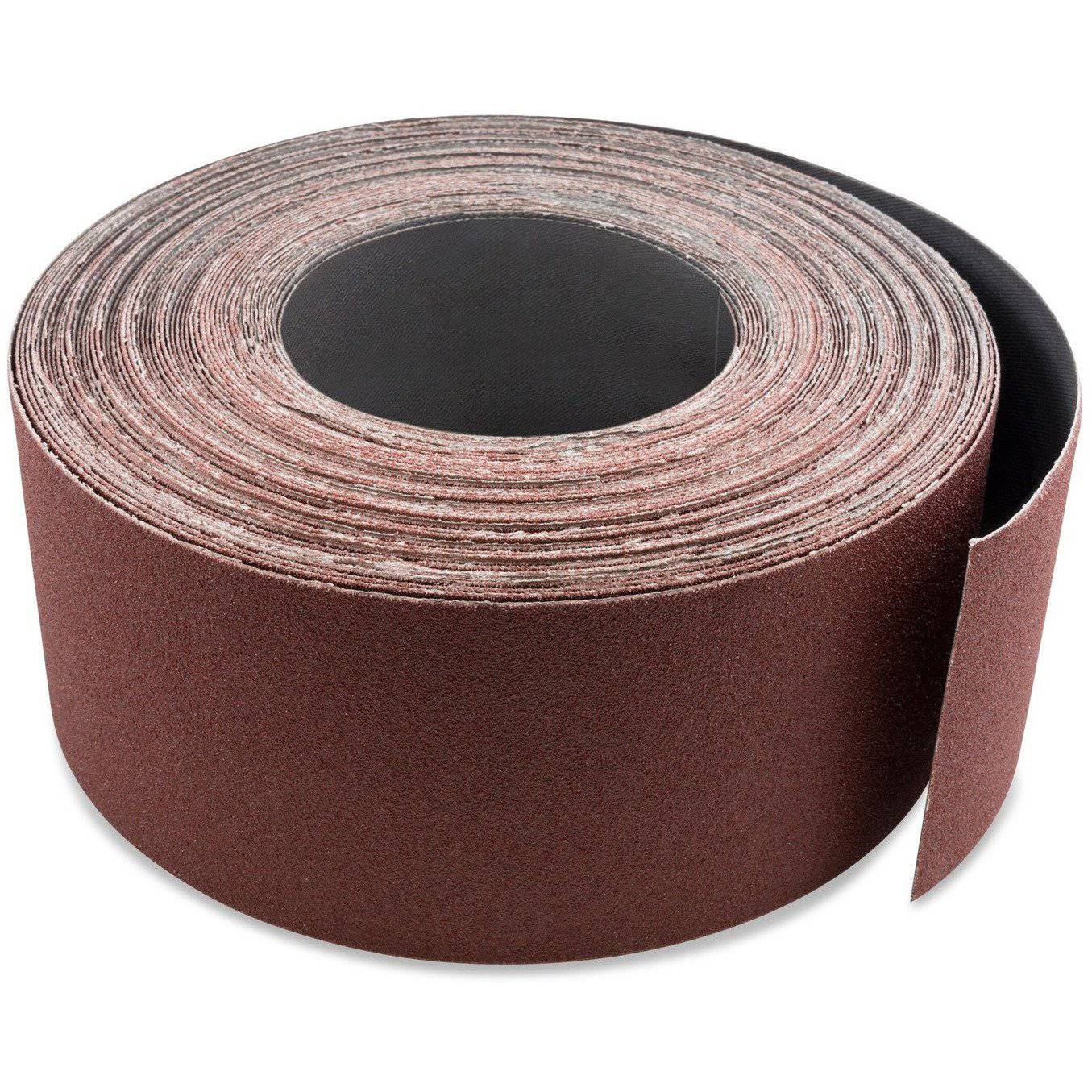
3 inch X 70 FT Woodworking Aluminum Oxide Cloth Drum Sander Strip Roll
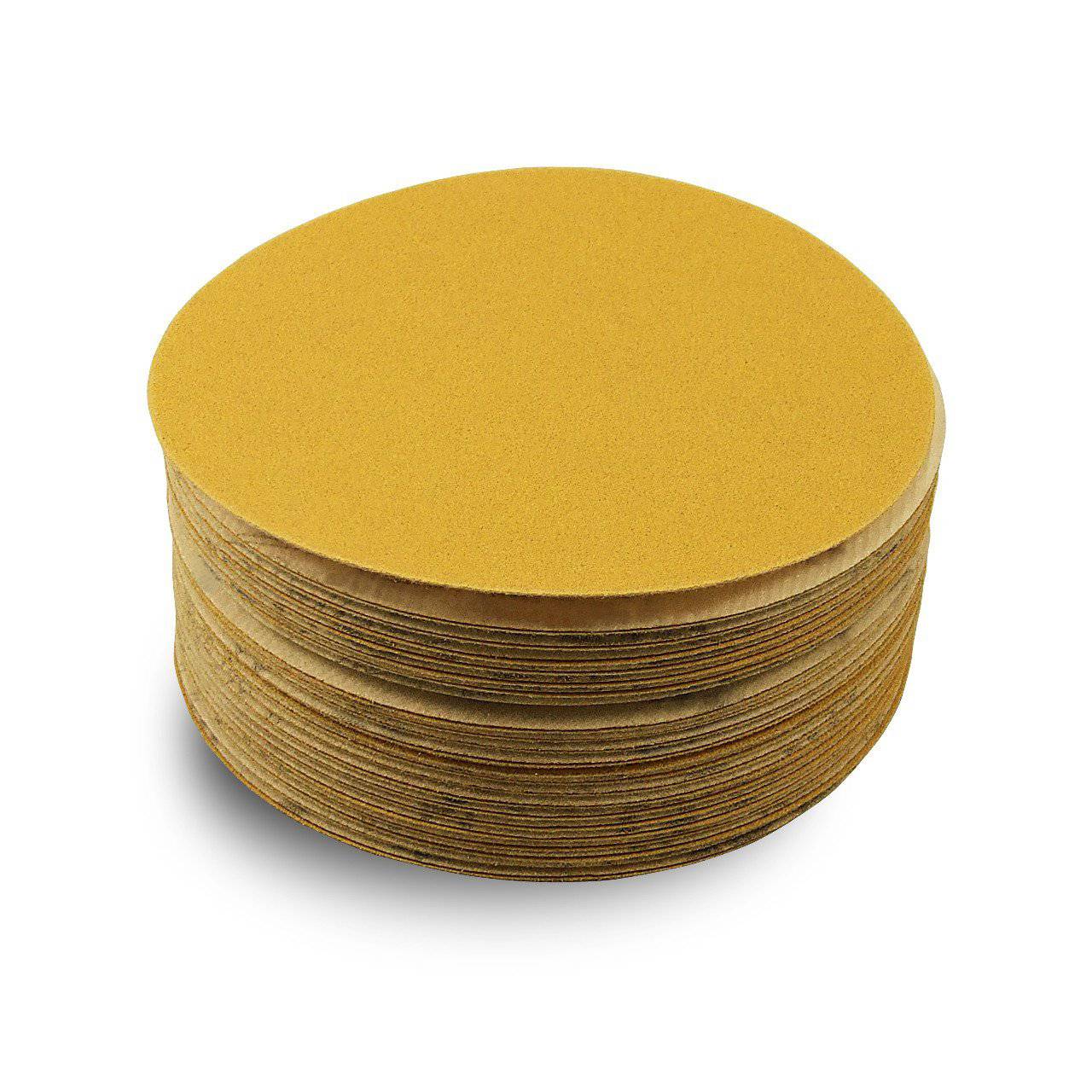
5 Inch Hook and Loop Gold Sanding Discs, 50 Pack
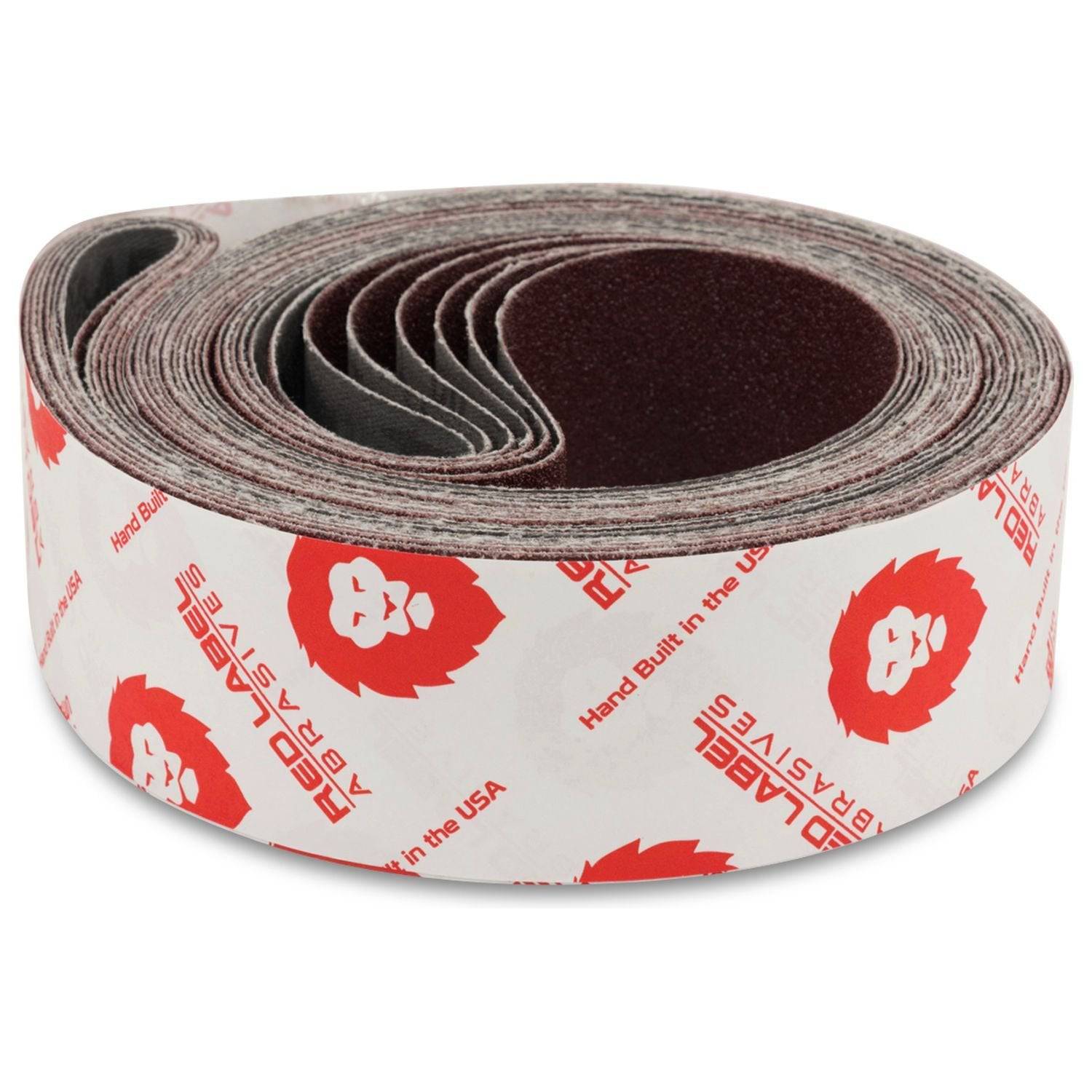
2 X 72 Inch Multipurpose Sanding Belts, 6 Pack
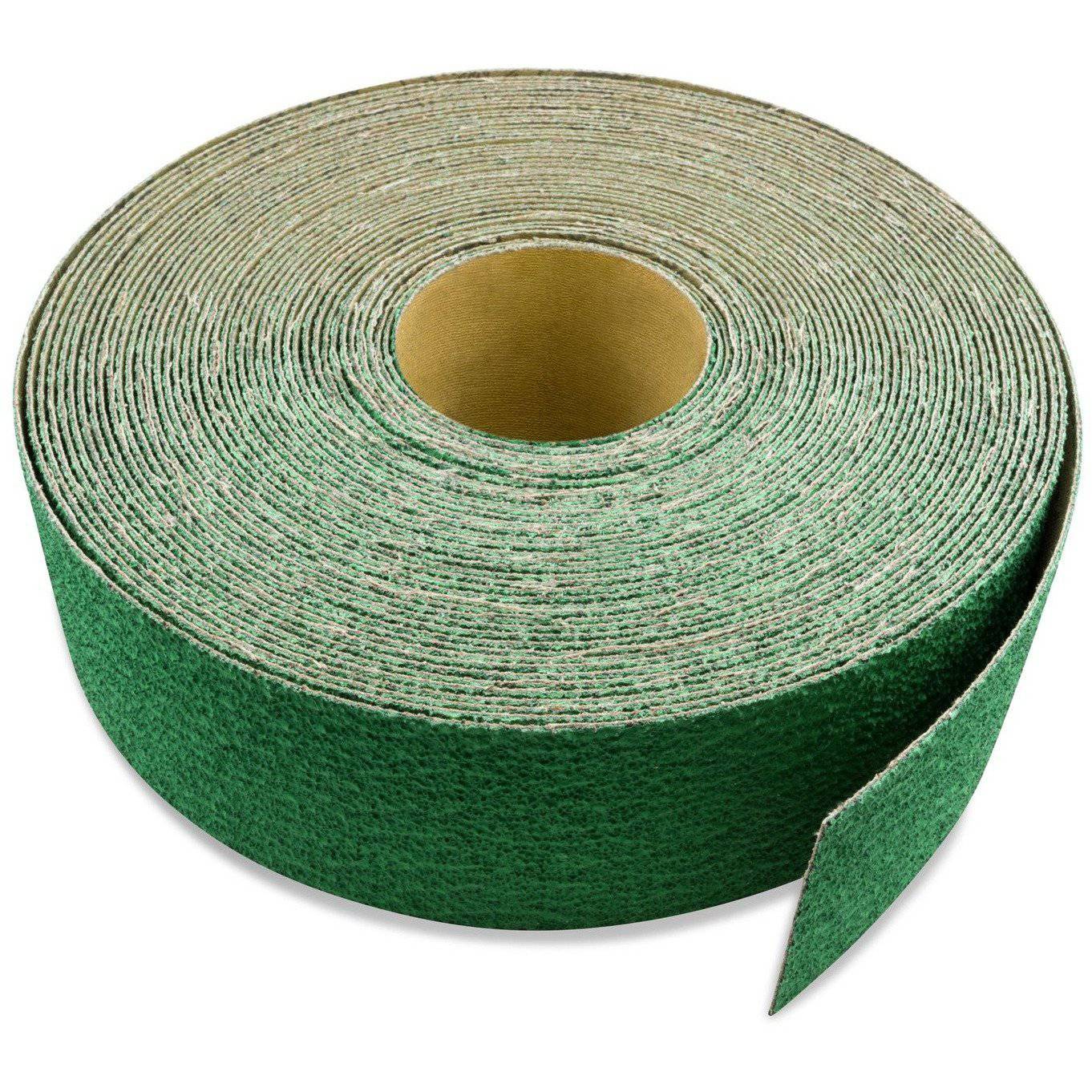
3 inch X 70 FT Premium Zirconia Woodworking Drum Sander Roll
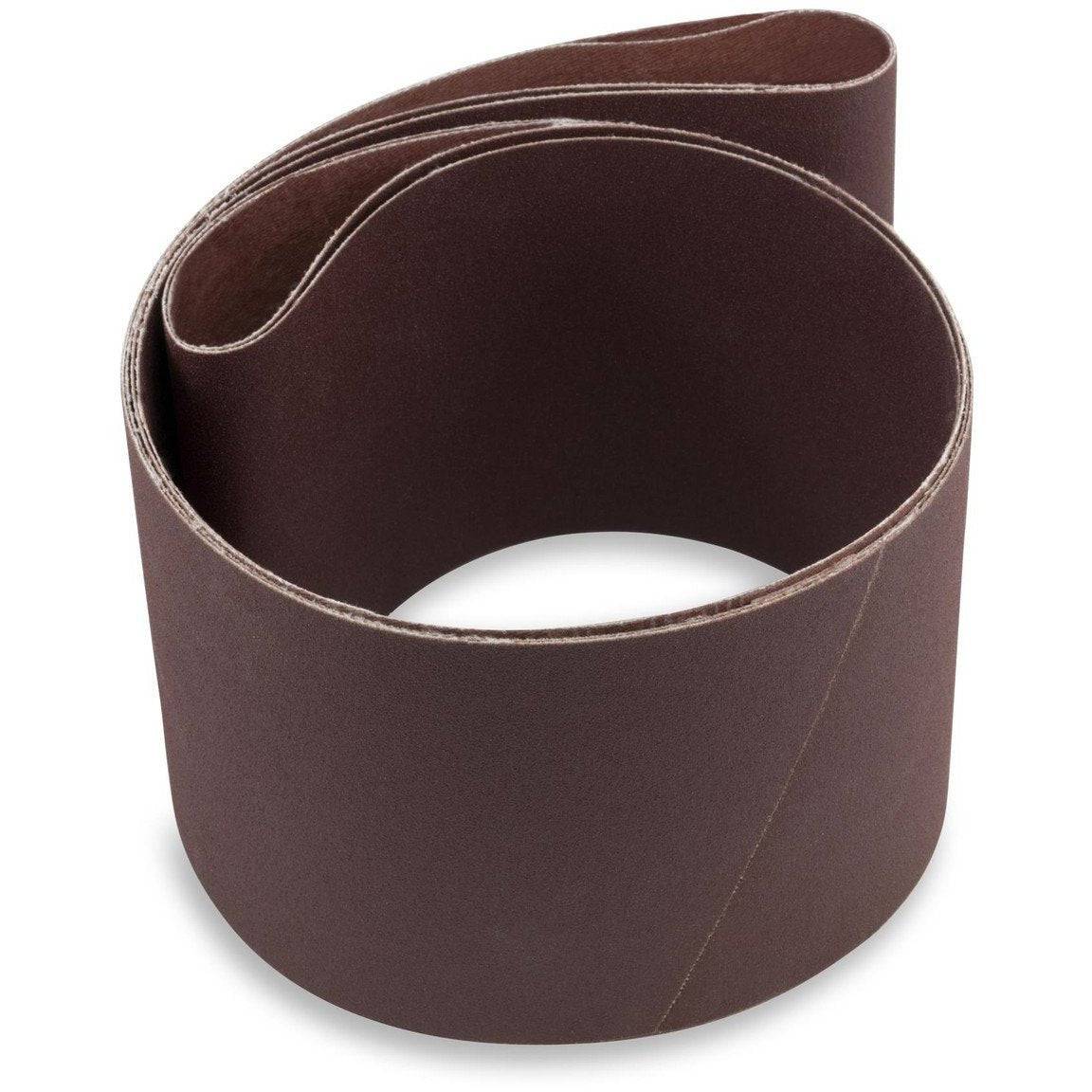
6 X 48 Inch Aluminum Oxide Wood & Non-Ferrous Sanding Belts, 2 Pack
Shop By Product Category





Why Choose Red Label?







